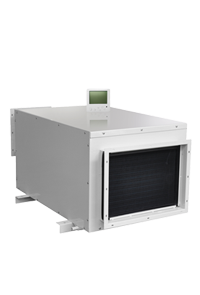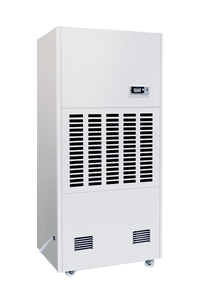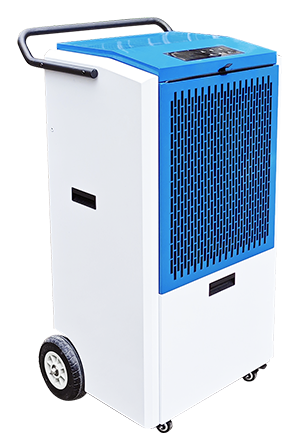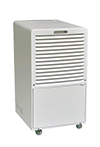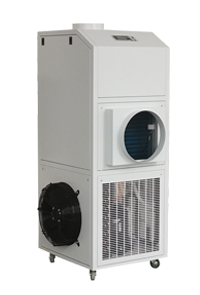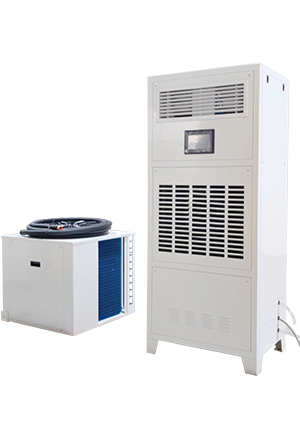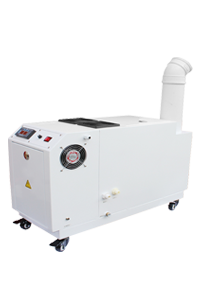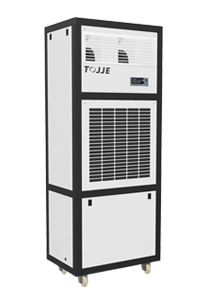News
The rotary dehumidifier, also known as a desiccant wheel dehumidifier, operates based on the principle of moisture absorption and desorption using a rotating wheel filled with desiccant material. Here’s a step-by-step explanation of its working principle:
1. Structure of the Rotary Dehumidifier:
- Desiccant Wheel (Rotor): The core component is a large, porous wheel made from a desiccant material (like silica gel or zeolite) that absorbs moisture from the air. The wheel is divided into two sections: the process air section and the reactivation air section.
- Air Inlet and Outlet: The device has separate air channels for the process air (the air that needs to be dehumidified) and the reactivation air (air used to regenerate the desiccant).
- Blowers/Fans: These move the air through the system, one for the process air and one for the reactivation air.
- Heater: Often, a heater is used to warm the reactivation air to regenerate the desiccant material by releasing the absorbed moisture.
2. Process Air Dehumidification:
- Air Intake: Moist air from the environment is drawn into the rotary dehumidifier through the process air inlet.
- Moisture Absorption: As the moist air passes through the process section of the rotating desiccant wheel, the desiccant material absorbs the moisture from the air, resulting in dry air being discharged from the process air outlet.
- Continuous Operation: The wheel rotates slowly (typically 8-12 revolutions per hour), so a different portion of the wheel is constantly in contact with the incoming moist air, allowing continuous dehumidification.
3. Desiccant Regeneration (Reactivation):
- Reactivation Air Intake: A separate air stream (reactivation air) is drawn in and heated, usually by an electric or gas heater.
- Moisture Release: The heated reactivation air is directed through the section of the desiccant wheel that has absorbed moisture. The heat causes the desiccant to release the absorbed moisture, which is then carried away by the reactivation air and expelled outside.
- Continuous Regeneration: As the wheel rotates, each segment alternates between absorbing moisture from the process air and being regenerated by the reactivation air.
4. Cycle Repetition:
- The wheel continues to rotate, allowing for continuous dehumidification. The process air is consistently dried, and the desiccant material is continually regenerated.
5. Efficiency Considerations:
- Temperature Control: The efficiency of the rotary dehumidifier can be influenced by the temperature of the reactivation air. Higher temperatures generally improve the regeneration process but at the cost of higher energy consumption.
- Speed of Rotation: The speed at which the wheel rotates also affects the dehumidification process. Faster rotation speeds increase the dehumidification capacity but may reduce the overall efficiency.
Applications:
Rotary dehumidifiers are widely used in industrial, commercial, and residential settings where low humidity levels are required, such as in food processing, pharmaceuticals, and storage facilities.

